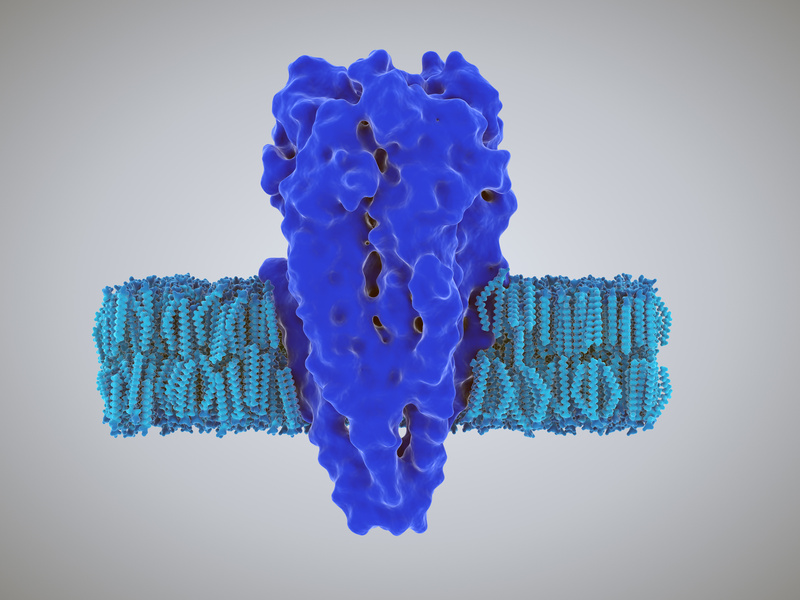A series of publications (1, 2) in the past months has raised the never-ending debate on commercial antibodies and their validity in a given experiment. At tebu-bio, having sold antibodies for more than 40 years, we are well aware that not all antibodies fit all applications, and always strive to find the best antibody for a given experiment.
In collaboration with the MD Anderson Cancer Center, Rockland Inc. has developed and validated a highly specific toolkit to analyze PARP1 in a panel of control and siRNA knockdown cell lysates by multiple immunoassays.

These antibodies allow to specifically and quantitatively distinguish PARP1 from 17 other PARP family member, using optimised methods.
Poly (ADP-ribose) polymerase-1 (PARP1) is a chromatin associated, ADP-ribosylating enzyme essential for multiple cellular functions, including cardiac remodeling, vasoconstriction, regulation of astrocyte and microglial function, long term memory, aging, transcription regulation, and DNA repair.
If validation from MD Anderson Cancer Center still doesn’t convince you, samples sizes are available for most of these antibodies, so that you can see how they work in your specific experimental model.
Some examples of these antibodies:
- PARP1 (N-term ZF1) Antibody 200-401-GM8S (validated in WB, sample size).
- PARP1 (internal) Antibody 200-401-X51S (validated in WB, sample size).
- PARP1 (N-term ZF1) Control Protein 009-001-GM8.
- PARP1 (internal) Control Protein 009-001-X51.
- PARP1 (N-term ZF1) Antibody Set KCC-GM8.
- PARP1 (internal) Antibody Combo Pack K-X51.
There are also many antibodies validated by the NCI (National Cancer Institute USA). If you’re looking for the antibody to suit your application, don’t hesitate to get in touch for advice… not all the information about any particular antibody is in it’s datasheet, there’s more to be learnt!
References
1.- Howat, W.J. et al (2014). DPI:10.1016/j.ymeth.2014.01.018.
2.- Baker, M (2015). doi:10.1038/521274a.



